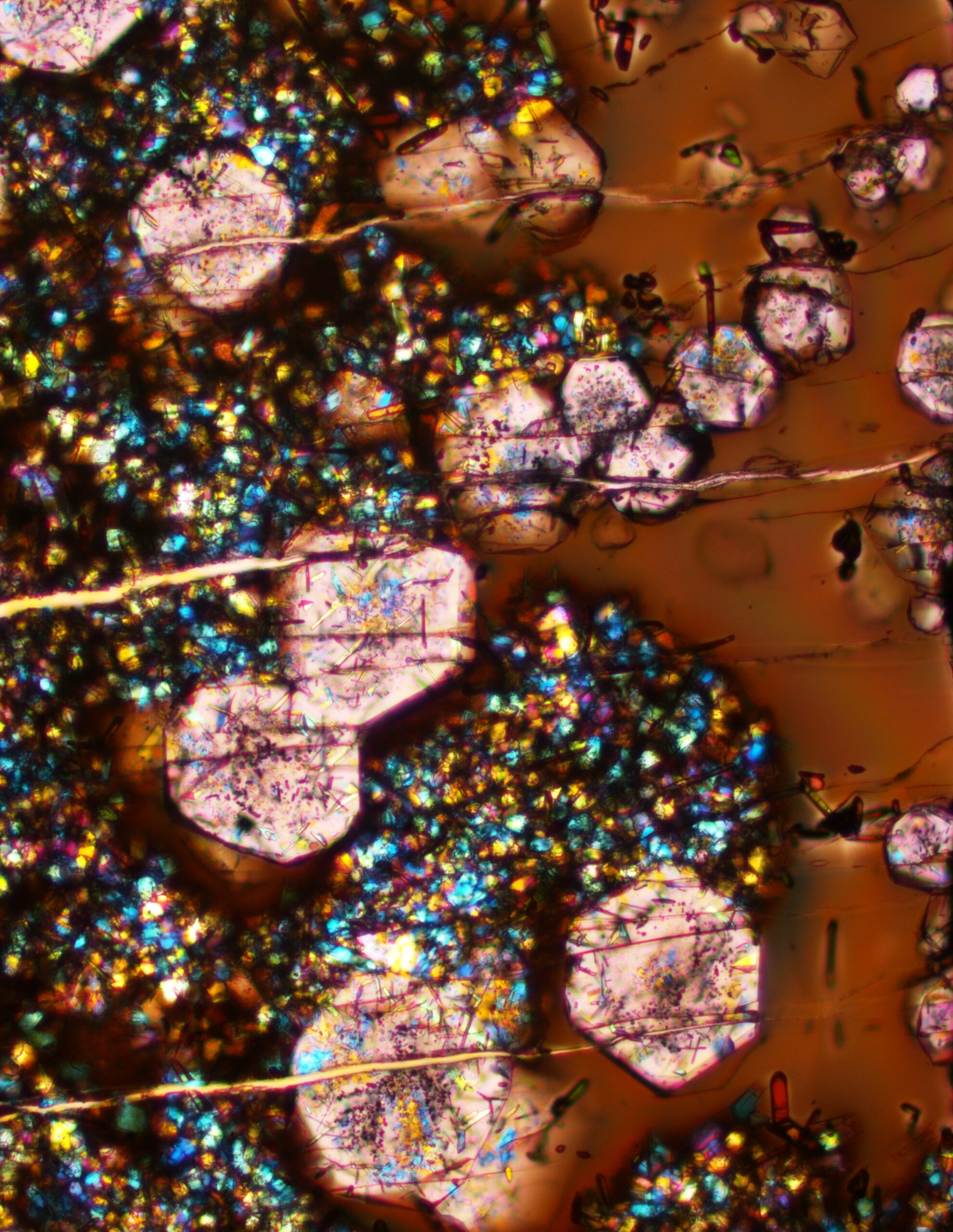The continents on Earth play an essential role in making the planet habitable for life as we know it. However, very little is known about how these huge pieces of the planet’s crust emerged or what gives them their unique properties. A new study published in Science by Elizabeth Cottrell, a research geologist at the Smithsonian’s National Museum of Natural History, and lead study author Megan Holycross, an assistant professor at Cornell University, deepens our understanding of Earth’s crust. The study tests and ultimately eliminates one popular hypothesis about why continental crust is lower in iron and more oxidized compared to oceanic crust.
The iron-poor composition of continental crust is a significant reason why vast portions of the Earth’s surface stand above sea level as dry land, making terrestrial life possible today. The study uses laboratory experiments to show that the iron-depleted, oxidized chemistry typical of Earth’s continental crust likely did not come from the crystallization of the mineral garnet, as a popular explanation from 2018 proposed. The building blocks of new continental crust come from the depths of the Earth at what are known as continental arc volcanoes, found at subduction zones where an oceanic plate dives beneath a continental plate.
The garnet explanation for continental crust’s iron-depleted and oxidized state proposes that the crystallization of garnet in the magmas beneath these continental arc volcanoes removes non-oxidized iron from the terrestrial plates, simultaneously depleting the molten magma of iron and leaving it more oxidized. Cottrell and her team set out to find a way to test whether garnet crystallization deep beneath these arc volcanoes is essential to creating continental crust as we know it. They used piston-cylinder presses to replicate the intense heat and pressure found beneath continental arc volcanoes to grow samples of garnet from molten rock.
The results of these tests reveal that the garnets had not incorporated enough unoxidized iron from the rock samples to account for the levels of iron-depletion and oxidation present in the magmas that are the building blocks of Earth’s continental crust. This finding eliminates the garnet crystallization model as an explanation of why magmas from continental arc volcanoes are oxidized and iron depleted. Cottrell suggests that conditions in Earth’s mantle below continental crust are setting these oxidized conditions.
Cottrell said that these results lead to more questions, such as what is doing the oxidizing or iron depleting? She suggested that oxidized sulfur could be oxidizing the iron, which is something that a current Peter Buck Fellow is investigating under her mentorship at the museum. This study is an example of the kind of research that museum scientists will tackle under the museum’s new Our Unique Planet initiative, a public–private partnership that supports research into some of the most enduring and significant questions about what makes Earth special. Other research will investigate the source of Earth’s liquid oceans and how minerals may have served as templates for life.



Leave a Reply